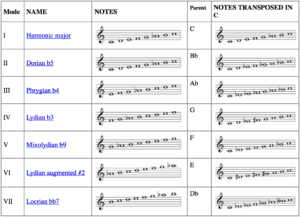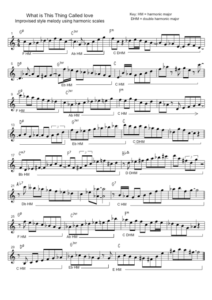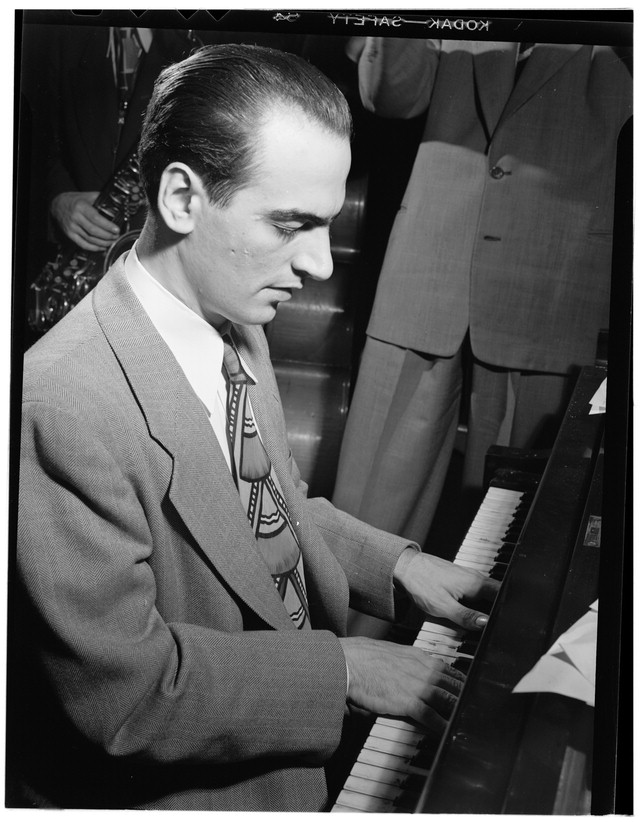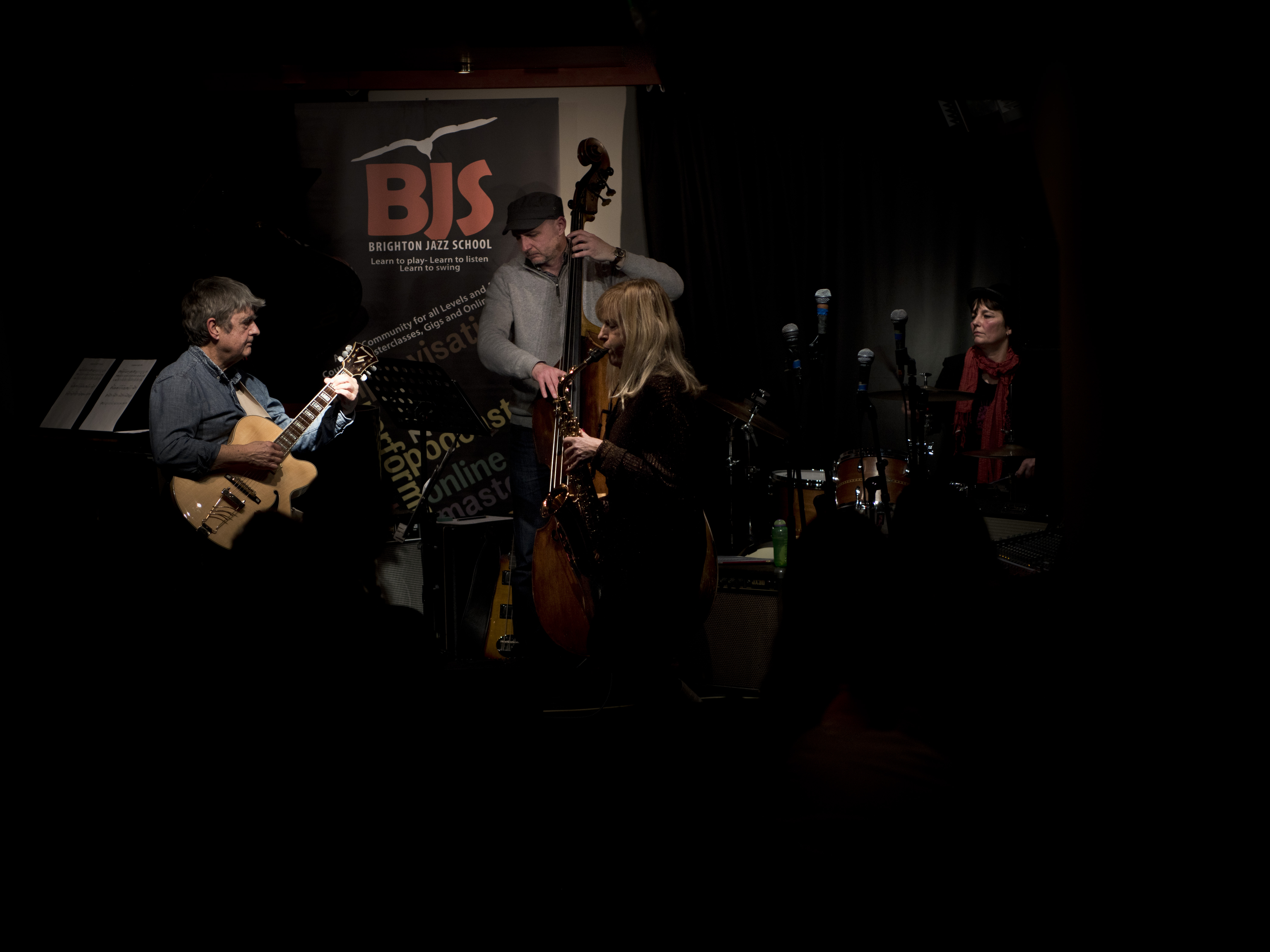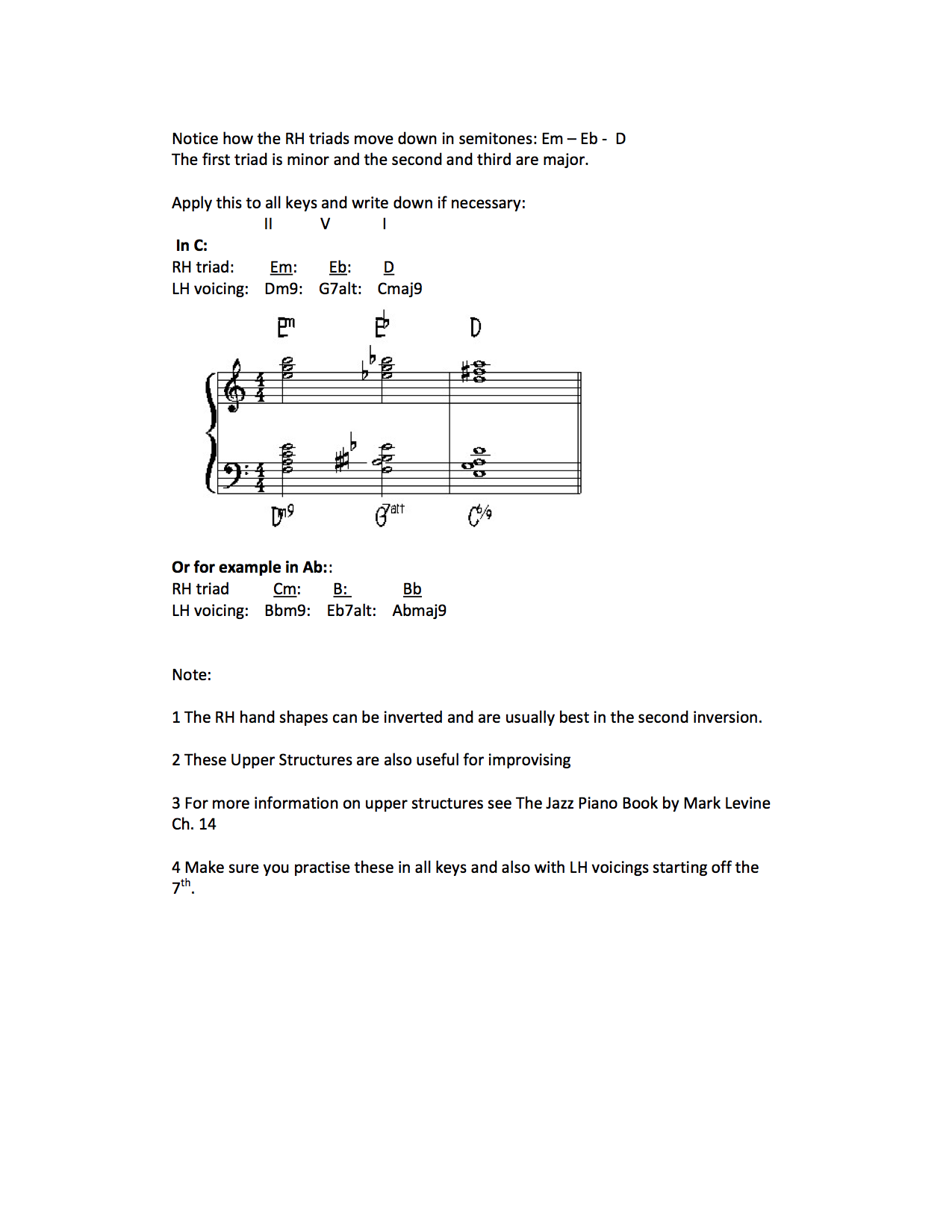Improv Column: Terry Seabrook’s Jazz Tip of the Month No. 5
The harmonic major scale in jazz
“The harmonic major scale, what’s that?” I hear you say. “I’ve heard of the harmonic minor scale but not the harmonic major.”
Well it’s an interesting scale and closely related to the harmonic minor:
C harmonic minor:
Now the harmonic major scale is a major scale except with a lowered 6th degree (6th note). This makes it almost identical to the harmonic minor except that the 3rd degree is a major 3rd (E) rather than a minor 3rd (Eb):
C harmonic major:
The particular thing that unites the harmonic major and minor in their sound is the characteristic sound of the last 4 notes: perfect 5th, minor 6th, major 7th, perfect octave (G,Ab, B, C). The small intervals of a minor 2nd (G-Ab and B-C) around the larger interval of an augmented 2nd (Ab-B) (which sounds like a minor 3rd) gives it a strong oriental or Slavic feel.
Indeed music form Eastern Europe, North Africa, Adalucia, the Middle East and Asia frequently use this grouping:
Other scales use this “harmonic bit” or cell twice. Here are 2 examples:
C double harmonic major:
C double harmonic minor:
The presence of an augmented 2nd is considered to be melodically awkward in classical music and in the context of the scales above sounds non-Western. These scales all have three types of second: minor, major and augmented. However some contemporary composers have used it and it offers an interesting way to add different sounds to improvisation.
The Harmonic Major Scale And Its Modes
In applying the harmonic major scale to improvisation it needs to be learnt in all 12 keys or transpositions and explored in its seven modes. These modes have been named by adaptating the names of the 7 major scale modes (major, dorian, Phrygian, Lydian, mixolydian, Aeolian and locrian):
Here is a solo I composed (in improvised bop style) over the changes to “What is this thing called love” by Cole Porter. I have employed mostly harmonic major scales (HM) with some Double Harmonic Major Scales (DHM).




